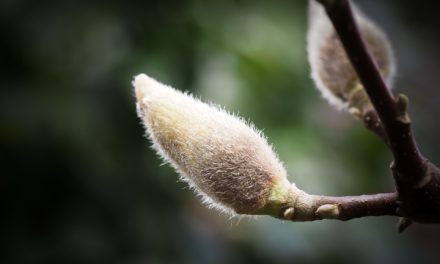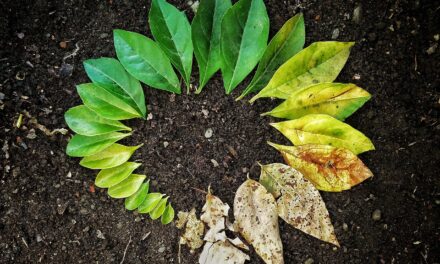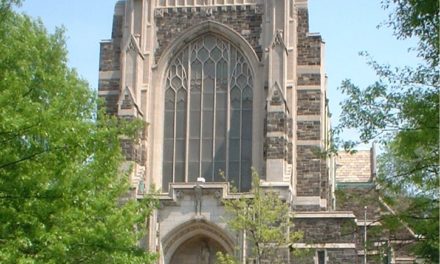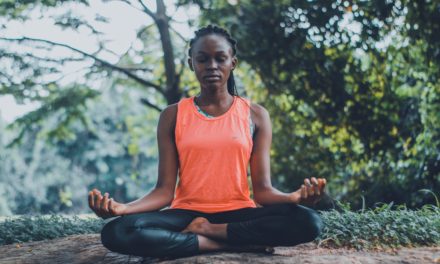Matthew Parris concludes his article “What makes us human? Doing pointless things for fun” with these words:
An age is coming when machines will be able to do everything. “Ah,” you say, “but they will not be conscious.” But how will we know a machine is not conscious – how do we know another human being is conscious? There is only one way. When it starts to play. In playfulness lies the highest expression of the human spirit.
To further emphasize:
“In playfulness lies the highest expression of the human spirit.”
A: “highest expression”
B: “the human spirit.”
So, there you are. Playfulness is a spiritual thing. A human thing. A thing that we are, fundamentally. Playful. A blessing handed down to us – not only from generation to generation, but also from species to species.
Not just a human thing, but the highest expression of consciousness.
Not because it’s dopamine-producing or idea-generating or peace-making or community-building. Not even because it’s located in a particular area of the brain or body or the body politic (believe me when I say that). It’s more like a practice. More like mindfulness. More like a passing conversation with a wise stranger, like the baby next door: always ready with another teaching.
And your so-called Playful Path? A spiritual thing. A human spiritual thing. A highest expression thereof. Because it, too, is all about playfulness. All about deep spiritual dun.
Not psychological, not mental, not necessarily hygienic, even. Spiritual. A thing of the spirit. Of the human spirit. That came to us with the gift of consciousness. A spiritual path that leads us to where the fun is.
Try some Funny Games as a spiritual practice. Each game an invitation to playfulness and community, inclusiveness, harmony, caring, safety, intimacy, sanity.
Not like religious spiritual. Playfulness is not that serious. More like spirited spiritual. Jumping for joy spiritual. Heel-clicking, giggling spiritual. Being-astonished-by the-surprising-grace-of-laughing-art spiritual.

A-maze-ing Laughter is a bronze sculpture by Yue Minjun portraying the artist’s own image “in a state of hysterical laughter.” An inscription carved into cement seating states, “May this sculpture inspire laughter playfulness and joy in all who experience it.”







The notion of play is an underlying aspect of human creativity. Creativity is sacred play to the degree that creativity is an everyday aspect of spiritual intelligence.
Playfulness is not just a human thing, but it is a spiritual thing. I love the play of life!!
My motto is Listen/Life/Love/Laughter>>>the 4Levels of my consciousness and I know playfulness is an integral part of that equation. Thank you…Yo Soy.